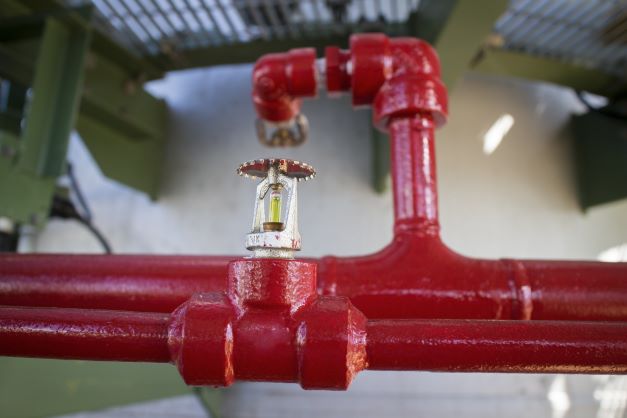Most important aspects
In the case of fire protection of buildings, the right selection of fire sprinklers is of great importance. Sprinkler systems play a significant role in limiting the effects of fires, minimizing material losses and the threat to human life. However, different types of buildings require an individual approach, so this topic is extremely important and current. Understanding the specifics of the building, as well as risk analysis, is the basis for effective fire protection planning.
Types of sprinklers and their use in different facilities
Different types of sprinklers are designed for specific applications, so the selection of fire sprinklers must be carefully considered. There are standard, rapid expansion and specialist models available on the market, such as dry sprinklers for cold stores. In residential buildings, standard response sprinklers are most often used, which are optimal for low fire risk. In turn, industrial facilities require the use of advanced solutions, such as rapid expansion systems that effectively extinguish fires in their early stages.
An example of the use of advanced solutions can be sprinkler systems for logistics centers, where the fire risk associated with the storage of large quantities of flammable materials requires particularly effective protection systems. In such cases, it is also important to take into account specific conditions, such as the height of warehouses or the nature of the products stored. It is important that sprinklers are properly placed, ensuring maximum efficiency.
Fire risk analysis in a building – how to choose the right system?
A question often arises, how does the choice of fire sprinklers differ depending on the type of building? The answer lies in the analysis of potential threats. In the case of office buildings, the fire risk is lower than in industrial buildings. This allows for the use of simpler solutions. In turn, in warehouses where flammable materials are stored, it is necessary to use systems with higher efficiency.
When planning protection systems, their integration with other infrastructure elements, such as fire protection pipes, must not be forgotten. Their quality and compliance with standards are essential for the effectiveness of the entire system.

Height, layout and purpose of rooms – basic selection parameters
When designing fire protection, it is necessary to take into account the architectural parameters of the building. The height of the ceilings, the layout of the rooms and the type of equipment have a direct impact on the selection of the appropriate system. For large-volume buildings, sprinklers for different buildings are often used, adapted to the specifics of the interior.
Standards and Codes for the Selection of Fire Sprinklers
The selection of fire sprinklers must comply with applicable standards and legal regulations. In Poland, the basic role is played by EU and national regulations, such as the Regulation of the Minister of Internal Affairs on fire protection in buildings. These rules specify requirements regarding, among others, the layout and efficiency of sprinklers.
Compliance with standards minimizes the risk of failure and ensures the effectiveness of systems in a dangerous situation. It is also worth cooperating with experts who can provide advice on selecting appropriate solutions.
The right selection of fire sprinklers is an extremely important element in ensuring the safety of buildings. Considering aspects such as the type of building, risk analysis and technical requirements allows for the creation of an effective and durable system. Cooperation with experts and compliance with standards and regulations are the foundations of effective fire protection.
